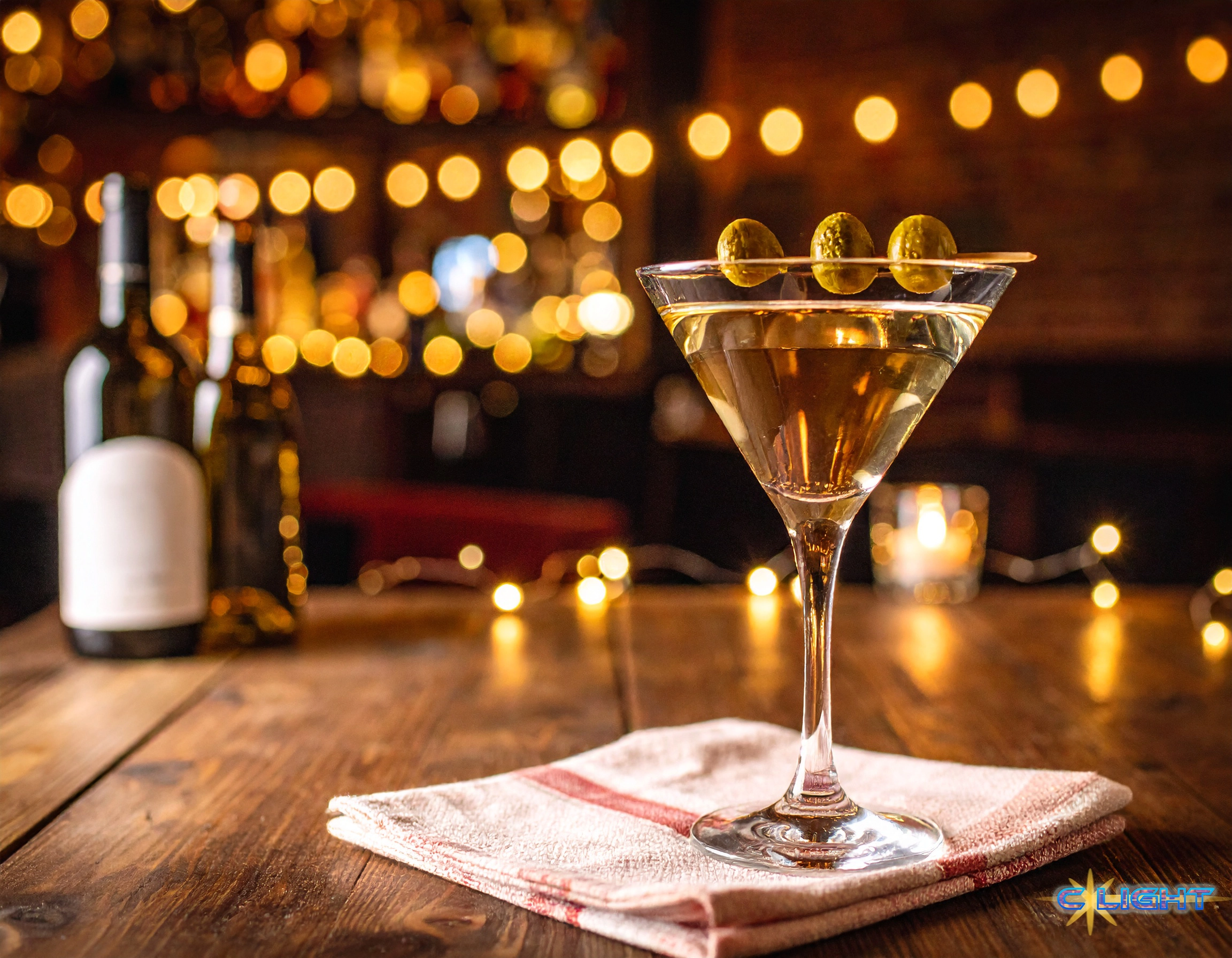There is a subtle, yet undeniable, revolution brewing within the hallowed halls of mixology, a re-emergence of an ingredient once relegated to the side of a sandwich or a post-shot chaser: pickle juice. If you, like many of us, find your refrigerator shelves frequently yielding more pickle brine than actual pickles—especially when the household population swells, even temporarily, with summer-break offspring—then you’re inadvertently sitting on a liquid goldmine. It seems no matter how recently the grocery run, the pickles themselves vanish with mysterious alacrity, leaving behind a clear, tangy testament to their brief existence. Fortunately, for those of us with such an abundance, there are mixologists aplenty who understand precisely how to elevate a humble jar of pickle juice to cocktail-hour glory.
Far from a fleeting novelty, this piquant liquid, with its characteristic saline, tangy, and acidic profile, is enjoying a sophisticated resurgence, transforming libations from the mundane to the magnificent across metropolitan watering holes and even fast-food establishments. This isn’t merely a quirky culinary footnote; it’s a testament to the enduring allure of fermented flavors and the ever-evolving palate of the modern consumer.
Mixologists and chefs have long recognized the versatile appeal of pickle brine. However, as observed by industry veterans, it has recently ascended to a starring role on beverage menus globally. Camille Goldstein, managing partner of Brooklyn-based hospitality firm Muddling Memories, articulates its foundational appeal: “Pickles are a great gateway into savory cocktails.” The intricate interplay of sweet and salty elements within the brine, she contends, imparts a profound depth of flavor, enriching everything from a classic margarita to a refined martini or a simple highball.
From Brooklyn Dive Bar to Global Sensation: The Pickleback’s Legacy
The genesis of pickle juice’s contemporary cocktail fame can largely be attributed to the Pickleback, a concoction reputed to have originated at Brooklyn’s Bushwick Country Club. This unpretentious pairing of a whiskey shot followed by a shot of pickle brine quickly transcended its humble beginnings, its reputation spreading through word-of-mouth and curious experimentation. Jack Wallis, co-owner of London’s Dram bar, notes the acid in the juice “cuts through the bold flavor of the whiskey” while simultaneously complementing it, enhancing the overall gustatory experience.
While the Pickleback established a foundational appreciation for the brine’s transformative properties, the current renaissance sees pickle juice integrated directly into the cocktail structure itself. The pickle juice martini, in particular, has garnered significant traction, offering a bracing, savory twist on the traditional dirty martini. Establishments nationwide, from Chicago’s Rizzo’s Bar & Inn to New York’s Maison Pickle and The Penrose, report robust demand for this briny iteration. Heaven Cluesman, a bartender at The Penrose, describes how the McClure’s Pickles spicy brine, when vigorously shaken, creates a distinctive foamy layer atop the drink, a visual cue underscored by a skewer of pickle slices.
The Broader Fermentation Phenomenon and Beyond
This burgeoning trend is intricately linked to a wider fermentation renaissance sweeping across various food categories. While some observers, like Jack Wallis, express mild surprise at its renewed popularity, they speculate that an increased public awareness of the health benefits associated with pickled and fermented foods might be contributing to its sustained appeal.
Beyond martinis, the versatility of pickle juice is being explored in a myriad of applications. Its inherent acidity makes it an ideal counterpoint to rich, fatty foods, positioning pickle juice cocktails as excellent accompaniments to substantive meals. From the “Mr. Pickles” shooter in Las Vegas—a hollowed-out pickle filled with brine accompanying whiskey—to the sophisticated Pickle Negroni featuring gin, aquavit, and dill brine in Atlanta, the creative interpretations are extensive. Even Disneyland’s Hollywood Lounge offers a Pickle Michelada, a testament to the broad appeal of this distinct flavor profile. Camille Goldstein succinctly summarizes its alchemical charm: “The beauty of pickle brine is that it plays nicely and favorably with all the other aspects of flavors in a cocktail, aka bitter, sweet, salt, sour, and spicy.”

Perhaps most surprisingly, the embrace of pickle juice has extended into the realm of non-alcoholic beverages and even fast-food chains. Popeyes Chicken recently introduced a Pickle Lemonade, while V8 Grillo’s Pickles partnered with Sonic for a limited-time, pickle-centric menu, including a “Picklerita Slush.” These mainstream adoptions underscore the ingredient’s widespread acceptance and market appeal.
For the adventurous home enthusiast, the foray into pickle cocktails is readily accessible. Products like Spritz Society’s Pickle Spritzers or V8 Grillo’s Pickles canned Dill Pickle Bloody Mary mix offer convenient entry points. For those inclined to mix their own, the Casa Thirteen’s Spicy Pickle Martini recipe, utilizing strained spicy pickle brine, vodka, and dry vermouth, offers a simple yet sophisticated path to experiencing this captivating culinary trend firsthand.
Discover more from Clight Morning Analysis
Subscribe to get the latest posts sent to your email.










